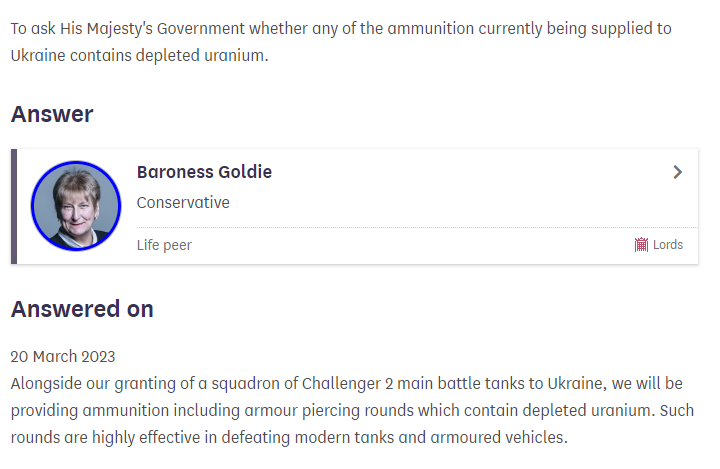In focusing on the security risks of #ClimateChange have we neglected to ask how conflicts affect emissions? Our new overview explores how the environmental and social changes that occur in war influence emissions, and why we need to track them ceobs.org/how-does-war-c… 🔽 1/7 

The direct emissions in conflict are the most obvious, for example attacks on oil infrastructure, or scorched earth policies. But we also see significant changes to land use that have a major bearing on whether areas store or release carbon. 2/7 

Peace can also generate emissions, we almost always see spikes in deforestation, and we need to factor in the emissions costs of managing conflict debris and of reconstruction. Conflicts impede environmental governance, which also has a bearing on emissions. 3/7 #EWIPA 

Fairly straightforward so far. But conflicts also lock countries in to polluting technologies, or increase some pollution sources. Gas flaring from oil fields is a great example. Yemen could meet it's Paris obligations several times over if it stopped flaring. 4/7 

We need to get on top of this stuff but the standard emissions directories don't capture everything we need them to, like land cover changes, fires, or biogenic emissions, or those locked in industrial emissions. 5/7 

We usually think about the human or economic costs of war but with better methodologies we could also factor in the climatic costs of war. Military emissions are important but not the whole story. ceobs.org/governments-mu… 6/7
Conflicts create opportunities to build back greener, or to encourage sustainable transitions in energy production, land use or urban development. Understanding how any given conflict has created increased carbon emissions or degraded carbon sinks would greatly help with this. X
You can read the overview here, even we were surprised at how little research has been done on the relationship between conflicts and emissions, and we hope this might encourage others to also take a look. ceobs.org/how-does-war-c… #ClimateCrisis
• • •
Missing some Tweet in this thread? You can try to
force a refresh












